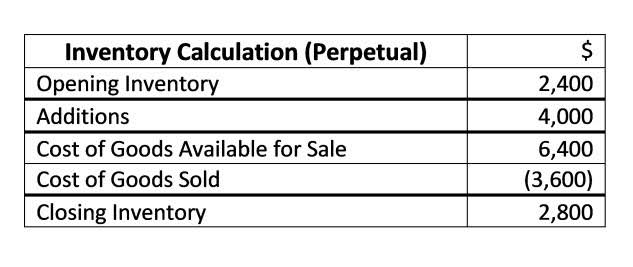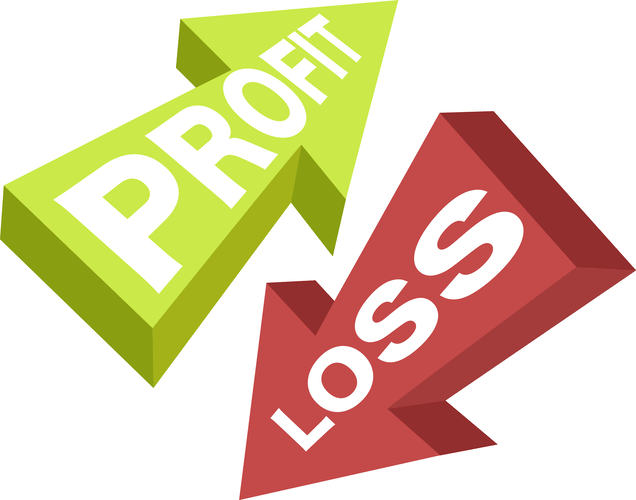
When inventory is measured as the lower of cost or net realizable value, it is embracing the accounting principle of conservatism. Though NRV may be the most dramatically reduced valuation for inventory. Carrying costs and transactional costs of goods are taken into account to not overstate the income statement, and accurately represent the goods’ value to the business. NRV is a conservative method for valuing assets because it estimates the true amount the seller would receive net of costs if the asset were to be sold. It is primarily used to identify and value the inventory or receivables.
- Suppose a manufacturing company has 10,000 units of inventory that it intends to sell.
- Subtract the allowance for doubtful accounts from the total accounts receivable.
- These examples show how NRV helps businesses determine the actual value they can expect from their assets, whether it’s inventory or accounts receivable.
- It usually requires certified public accountants (CPAs) to do the job as it involves a lot of judgment.
How To Calculate?
Is it worth it to hold on to that equipment or would you be better off selling it? Net realizable value (NRV) is used to determine whether it’s worth holding on to an asset or not. We use the Net Realizable Value to account that assets are sometimes worth less than on paper.
Accountants and bookkeepers
This amount is entered into accounts as “Provision for Doubtful Debts.” Let’s say this amount is $1 Bn. Net Realizable Value of an asset is at which it can be sold after deducting the cost of selling or disposing of the asset. Since in NRV, a firm also considers the cost, hence it is known as a conservative approach to the transaction. The calculation for Net Realizable Value has a variety of methods to get an answer. No matter which method you use to find the NRV, the value you find must fit the conservative method of accounting reporting. Analysts use NRV to see if companies are following accounting standards and properly valuing their assets.
Introduction to NDVI

Net Realizable Value NRV is a commonly used technique for valuing assets based on how much money it will generate upon its eventual sale. In short, it measures the liquid value of a receivable account or inventory.Net Realizable Calculations can help business owners determine how much new sales and revenue can be expected from their current assets. Regarding inventory management, your net realizable value determines the inventory’s liquidation value. When it comes to business longevity, consistent cash flow, effective inventory management, and proper financial planning are critical. There are many official regulations that businesses must adhere to when it comes to accounting reporting.

Step one: Determine the asset values.
When it comes to estimating the ending value of an inventory or accounts receivable, what accountants use for a conservative estimate or valuation method is to compute for the Net Realizable Value (NRV). NRV is important to companies because it provides a true valuation of assets. Since NRV abides by the net realizable value conservatism principle of accounting, it uses the most conservative approach to estimate value. This prevents the value of the item(s) from being overstated on financial statements. As we now have both the average cost and average sales price, we can compare those to identify potential NRV issues.
- Volkswagen disclosed ownership of €43.7 billion of inventory, a very slight decline from the €43.8 billion of inventory carried at the end of December 2020.
- In essence, we do not book a decrease directly in the inventory balance.
- For instance, if the debit balances in the account receivables are $10,000 and have a credit balance of $800, then $9,200 is the resulting value of accounts receivables in the net realizable value method.
- When inventory is measured as the lower of cost or net realizable value, it is embracing the accounting principle of conservatism.
- It digitizes your entire business operations, right from customer inquiry to dispatch.
When accountants face uncertainties in potential profits or gains, they should not be recorded but uncertainties on expenses and losses must always be recorded. The market price shall be the replacement cost of the inventory and it shall not be less than the NRV. For businesses that hold inventory for long periods of time, these inventories will become obsolete, have a lower market value, or deteriorate over time. In accounting for Accounts Receivable, accountants always make an estimate for any allowances that would make some outstanding invoices to be uncollectible called the Allowance for Bad Debts. The Generally Accepted Accounting Principles (GAAP) and International Financial Reporting Standards (IFRS) use the NRV method in inventory accounting. In the Balance Sheet of the company, the accounts that will have the highest possibility of overstating the assets is the Inventory and the Accounts Receivable.

Inventory Management: TCS vs. TranZact Automation Benefits
In this example, Illumination Company estimates that it will be able to collect $489,500 of its $500,000 gross A/R. This NRV will be reflected on the balance sheet, providing a more accurate picture of the company’s financial position. It’s used to calculate products in inventory and helps in cost accounting. With this article, businesses can understand what is net realizable value, its uses, advantages, disadvantages, and how it affects businesses. After subtracting the selling costs ($40.00) from the market value ($120.00), the NRV of the company’s inventory is $80.00. As technology evolves and production capabilities expand, unsold inventory items may quickly lose their luster and become obsolete.
- Are you an accountant trying to assess the value of your client’s assets?
- Companies rely on past experience to estimate an average percentage of their A/R that is uncollectible.
- Since NRV abides by the conservatism principle of accounting, it uses the most conservative approach to estimate value.
- As we usually perform such analysis later in the next year, let’s assume we are now at the end of Q1 of 2021.
- The method helps avoid overstatements of inventory and accounts receivable.
- Companies that prioritize customers with higher credit strength will have higher NRV.
NRV and Lower Cost or Market Method



Comentarios recientes